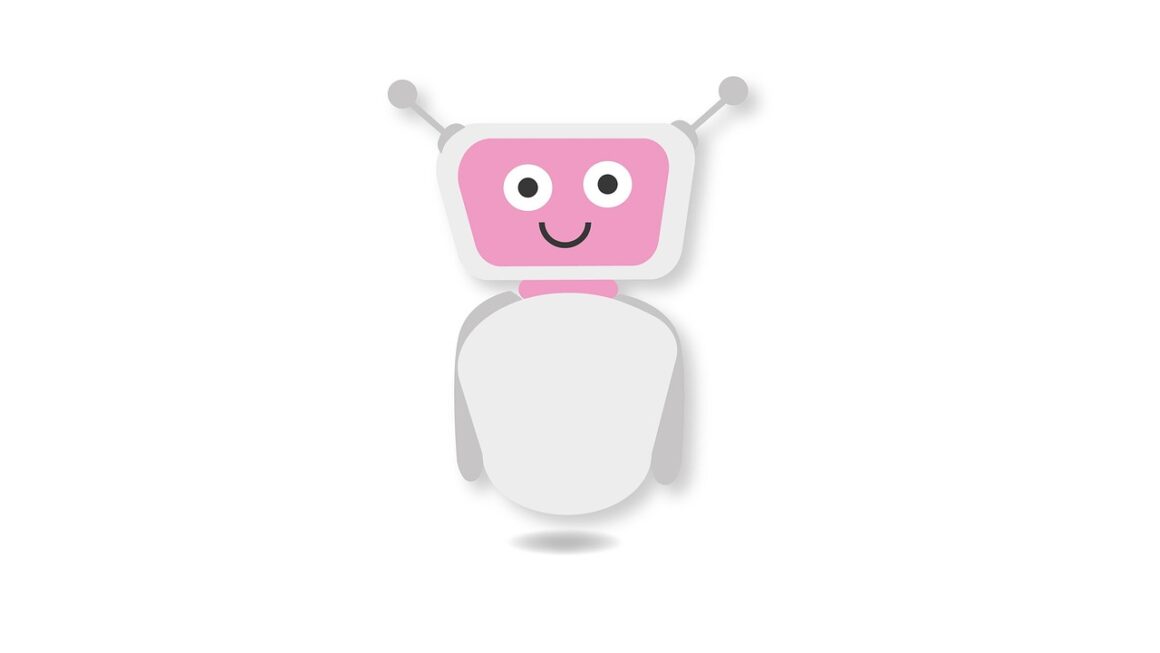Imagine having a tireless, always-available, and remarkably intelligent partner who can help you with everything from scheduling meetings to drafting emails to researching complex topics. That’s the promise of AI assistants, and it’s quickly becoming a reality. In this comprehensive guide, we’ll explore the capabilities, benefits, and future of these powerful tools, and how they can revolutionize the way you work and live.
What Are AI Assistants?
AI assistants are software programs that use artificial intelligence (AI) to automate tasks, provide information, and offer support to users. They can interact with users through voice, text, or a graphical interface, making them accessible and easy to use. The sophistication of AI assistants ranges from simple task management to complex problem-solving, depending on their underlying AI models and programming.
How AI Assistants Work
AI assistants rely on a combination of technologies to function effectively:
- Natural Language Processing (NLP): This allows the assistant to understand and interpret human language, both spoken and written.
- Machine Learning (ML): This enables the assistant to learn from data and improve its performance over time.
- Speech Recognition: Converts spoken language into text, enabling voice-based interactions.
- Text-to-Speech Synthesis: Converts text into spoken language, allowing the assistant to respond verbally.
- Knowledge Bases: Access to vast repositories of information allows the assistant to answer questions and provide relevant data.
Examples of Popular AI Assistants
The market is filled with AI assistants targeting different needs. Some popular examples include:
- Google Assistant: Integrated with Android devices and Google Home speakers, offering a wide range of functionalities, from setting alarms to controlling smart home devices.
- Amazon Alexa: Primarily used with Amazon Echo devices, known for its strong smart home integration and voice-controlled features.
- Apple Siri: Available on Apple devices, including iPhones, iPads, and Macs, offering voice commands, information retrieval, and task management.
- Microsoft Cortana: Integrated with Windows 10 and 11, offering similar functionalities to other assistants, including scheduling, reminders, and information searches.
- ChatGPT (by OpenAI): While technically a conversational AI model, it can function as a powerful assistant for writing, researching, and generating creative content.
Benefits of Using AI Assistants
AI assistants offer a plethora of benefits, impacting both personal and professional lives. They streamline tasks, boost productivity, and provide personalized assistance, leading to significant improvements in efficiency and overall quality of life.
Increased Productivity and Efficiency
- Automation of Repetitive Tasks: AI assistants can handle mundane tasks like scheduling appointments, setting reminders, and sending emails, freeing up time for more important activities.
- Faster Information Retrieval: Instead of manually searching for information, users can ask their AI assistant to find the data they need instantly.
- Improved Task Management: AI assistants can help organize tasks, prioritize deadlines, and track progress, ensuring that projects stay on track.
- Example: Imagine a marketing manager who uses an AI assistant to schedule social media posts for the week, conduct competitor analysis, and generate reports on campaign performance. This frees up valuable time for strategic planning and creative development.
Enhanced Personalization and Convenience
- Personalized Recommendations: AI assistants can learn user preferences and provide customized recommendations for products, services, and content.
- Seamless Integration: AI assistants can integrate with various apps and devices, creating a connected ecosystem that simplifies daily life.
- Accessibility: Voice-controlled AI assistants provide hands-free access to information and services, making them particularly useful for people with disabilities or busy schedules.
- Example: An AI assistant can learn your favorite music genre and automatically create a personalized playlist for your commute. It can also track your fitness goals and provide motivational prompts to help you stay on track.
Improved Decision-Making
- Data Analysis and Insights: AI assistants can analyze large datasets and identify trends and patterns that would be difficult for humans to detect.
- Predictive Analytics: AI assistants can use machine learning to predict future outcomes and provide recommendations based on these predictions.
- Objective Decision-Making: By providing data-driven insights, AI assistants can help users make more informed and objective decisions, reducing the impact of biases.
- Example: A financial analyst can use an AI assistant to analyze market data and identify potential investment opportunities based on predicted trends. This helps them make more informed investment decisions and maximize returns.
How to Choose the Right AI Assistant
Selecting the right AI assistant is crucial to maximize its benefits. The best choice depends on individual needs, preferences, and the specific tasks you want the assistant to handle.
Consider Your Needs and Goals
- Identify the specific tasks you want to automate: Do you need help with scheduling, information retrieval, smart home control, or something else?
- Assess your level of technical expertise: Are you comfortable with complex configurations or do you prefer a user-friendly interface?
- Consider your budget: AI assistants range from free to subscription-based, so choose one that fits your budget.
- Example: If you need help with writing and content creation, an AI assistant like ChatGPT might be a better fit than a general-purpose assistant like Google Assistant.
Evaluate Compatibility and Integration
- Check compatibility with your existing devices and platforms: Ensure that the AI assistant works seamlessly with your smartphone, computer, and other smart devices.
- Consider integration with your favorite apps and services: Look for an AI assistant that can connect to the apps and services you use most often, such as email, calendar, and social media.
- Prioritize security and privacy: Choose an AI assistant from a reputable provider with strong security measures and a clear privacy policy.
- Example: If you primarily use Apple devices, Siri might be a more convenient choice than Google Assistant, as it is deeply integrated with the Apple ecosystem.
Test and Compare Different Options
- Take advantage of free trials and demos: Many AI assistant providers offer free trials or demos that allow you to test their product before committing to a purchase.
- Read reviews and compare features: Research different AI assistants and compare their features, pricing, and user reviews to find the best fit for your needs.
- Start with a specific use case and experiment: Choose a specific task or project and experiment with different AI assistants to see which one performs best.
- Example: You can try using different AI assistants to schedule meetings, set reminders, and answer simple questions to compare their accuracy and ease of use.
The Future of AI Assistants
AI assistants are rapidly evolving, and their future is filled with exciting possibilities. Advancements in AI technology, particularly in areas like natural language understanding and machine learning, will lead to even more sophisticated and capable assistants.
Emerging Trends and Technologies
- Enhanced Natural Language Understanding: AI assistants will become better at understanding complex and nuanced language, allowing for more natural and intuitive interactions.
- Contextual Awareness: AI assistants will be able to understand the context of a conversation and provide more relevant and personalized responses.
- Emotional Intelligence: AI assistants will be able to detect and respond to human emotions, creating more empathetic and engaging interactions.
- Proactive Assistance: AI assistants will become more proactive in anticipating user needs and providing assistance before being asked.
- Example: Imagine an AI assistant that can detect your frustration based on your tone of voice and offer helpful solutions to your problem.
Potential Impact on Industries
- Healthcare: AI assistants can assist doctors with diagnosis, treatment planning, and patient monitoring, improving healthcare outcomes and reducing costs.
- Education: AI assistants can provide personalized learning experiences, automate grading, and offer support to students and teachers.
- Finance: AI assistants can provide financial advice, automate trading, and detect fraud, improving financial performance and reducing risk.
- Customer Service: AI assistants can handle customer inquiries, resolve issues, and provide support, improving customer satisfaction and reducing costs.
Ethical Considerations and Challenges
- Privacy Concerns: AI assistants collect vast amounts of personal data, raising concerns about privacy and data security.
- Bias and Discrimination: AI algorithms can be biased, leading to discriminatory outcomes.
- Job Displacement: The automation capabilities of AI assistants may lead to job displacement in certain industries.
- Dependence and Over-Reliance: Over-reliance on AI assistants may lead to a decline in critical thinking and problem-solving skills.
Conclusion
AI assistants are transforming the way we live and work, offering a wide range of benefits, from increased productivity to enhanced personalization. By understanding the capabilities, benefits, and challenges of AI assistants, you can make informed decisions about how to integrate them into your life and harness their power to achieve your goals. As AI technology continues to advance, AI assistants will become even more sophisticated and ubiquitous, playing an increasingly important role in our future. Embracing these technologies responsibly and ethically will be key to unlocking their full potential and creating a better future for all.




